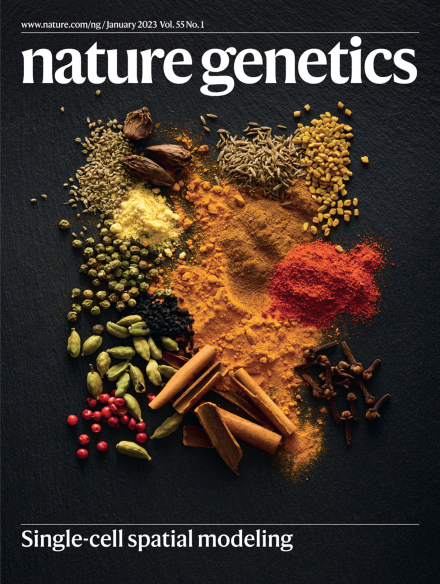In cells that are similar in form and function throughout tissues and organs, genes that are activated and expressed produce patterns. Identifying these patterns increases the understanding of cells, which could lead to the discovery of disease mechanisms.

Image Credit: Science Photo Library/Science Photo Library/Getty.
Investigators may now analyze gene expression in its spatial context across entire tissue samples because of the development of spatial transcriptomics tools. However, new computational tools are required to make sense of this data and aid in the identification and understanding of these gene expression patterns.
To fill this gap, a team of researchers led by Jian Ma, the Ray and Stephanie Lane Professor of Computational Biology at Carnegie Mellon University’s School of Computer Science, created a machine learning tool. SPICEMIX, their work on the approach, was featured as the cover story in the most recent issue of Nature Genetics.
SPICEMIX assists researchers in deciphering the impact that various spatial patterns have on the overall gene expression of cells in complex tissues such as the brain. It accomplishes this by describing each pattern using spatial metagenes, which are groupings of genes that may be linked to a certain biological process and can exhibit smooth or scattered patterns throughout the tissue.
The group, which included Ma, Benjamin Chidester, a project scientist in the Department of Computational Biology, and PhD students Tianming Zhou and Shahul Alam, utilized SPICEMIX to evaluate spatial transcriptomics data from mouse and human brain regions. They used SPICEMIX’s distinctive features to explore the landscape of the brain’s cell types and spatial patterns.
We were inspired by cooking when we chose the name. You can make all sorts of different flavors with the same set of spices. Cells may work in a similar way. They may use a common set of biological processes, but the specific combination they use gives them their unique identity.”
Benjamin Chidester, Project Scientist, Department of Computational Biology, Carnegie Mellon University
SPICEMIX found spatial patterns of cell types in the brain more precisely than other approaches when applied to brain tissues. Through the learned spatial metagenes, it also discovered new expression patterns of brain cell types.
These findings may help us paint a more complete picture of the complexity of brain cell types.”
Tianming Zhou, Carnegie Mellon University
The number of studies utilizing spatial transcriptomics technologies is quickly increasing, and SPICEMIX can assist researchers in making the most of this large volume of high-dimensional data.
Our method has the potential to advance spatial transcriptomics research and contribute to a deeper understanding of both basic biology and disease progression in complex tissues.”
Jian Ma, Ray and Stephanie Lane Professor, Computational Biology, School of Computer Science, Carnegie Mellon University
Source:
Journal reference:
Chidester, B., et al. (2023) SPICEMIX enables integrative single-cell spatial modeling of cell identity. Nature Genetics. doi.org/10.1038/s41588-022-01256-z.